For many, recreation centres are becoming a home away from home.
Showcasing the beauty of wood, British Columbia (B.C.) forest products from sustainably managed forests are being used to help make these important facilities feel warm and inviting, enhancing well-being.
Scott Groves oversees the design, construction and operation of all civic facilities in Surrey, B.C.
“Today, more and more people live in homes or condos where they don’t have enough room for a garage, workshop, or studio anymore,” he said. “Civic and recreational facilities are becoming an extension of our living space, a kind of community living room in some ways.”
Rec centres are a social hub, providing space for exercise, fitness classes, aquatics, hobbies and childcare.
Grandview Heights Aquatic Centre in Surrey is an example of how the fast-growing City of Surrey is often incorporating wood from B.C. forests in its civic buildings.
The 8,825-square-metre aquatic centre boasts a 65-metre-long free-hanging catenary, curved roof. Glue-laminated (glulam) beams offered the performance required to construct the unique suspended roof.
“Visitors almost feel like they’re swimming outside, and that’s an experience that people don’t get so much anymore,” said Groves.
Surrey adopted a Wood First Policy in 2010 that recognizes wood’s social, environmental and economic benefits, and makes it the material of choice for public buildings. Many other communities are also using B.C. forest products in their recreational facilities.
The West Vancouver Aquatic Centre features custom-designed glulam mullions – vertical bars between window panes that accommodate overhead doors and solar shading devices. The structure features eye-catching wishbone shaped wood columns. Through careful detailing, connections are virtually invisible and structural lines flow uninterrupted.
In Vancouver, adjacent to the Pacific Spirit Regional Park, the Wesbrook Community Centre fits in naturally with its surroundings. Natural light pulls the outside in, and gives those using the facility a sense of the nature that surrounds them. The building’s exterior is granite, western red cedar and aluminum cladding. Inside is an abundance of wood. Glulam columns and cross-laminated timber panels (CLT) help form the primary structure of the two-storey building.
The beauty of B.C. wood was showcased to the world at the Vancouver 2010 Winter Olympics and Paralympic Games. The Richmond Olympic Oval is a precedent-setting achievement of wood engineering and construction. The wood roof spans over six football fields. It was fabricated with hybrid glue-laminated timber-steel arches and 452 innovative WoodWave panels that use wood salvaged from forests impacted by mountain pine beetles.
Paul Fast, the co-founder of Fast + Epp Structural Engineers, remembers suggesting using beetle-kill wood during a design charette for the project.
“I brought in a hunk of pine beetle-kill wood and put it on the table,” he recalled. “I said, ‘We might want to look at using this in the structural design in some way.’ It wasn’t going to solve the infestation, but it was a gesture of what we could do with the wood.”
The Oval housed a 400-metre speed skating track and 8,000 spectators during the Olympics. After the Games, it was converted to use for numerous sports—ice, court, and track and field.
B.C.’s forest sector continues to innovate with adaptive resource management practices and advancements in product design and building systems. With sustainable management, B.C. forests will continue to be a source of jobs and green building products now, and for the future.
These projects and others are featured in a newly released book, Naturally Wood, which showcases British Columbia’s cutting‐edge wood architecture and design. The beautifully illustrated, 160-page publication contains more than 65 innovative wood buildings and projects, including how wood is being used in urban communities and recreation. Download your copy at naturallywood.com/nwbc.
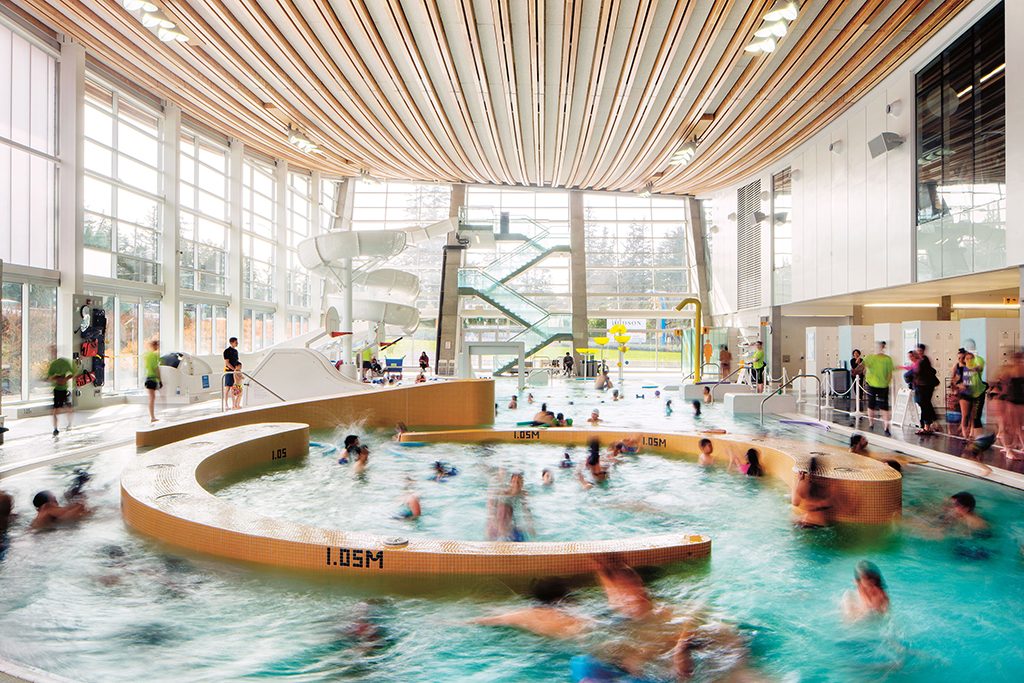


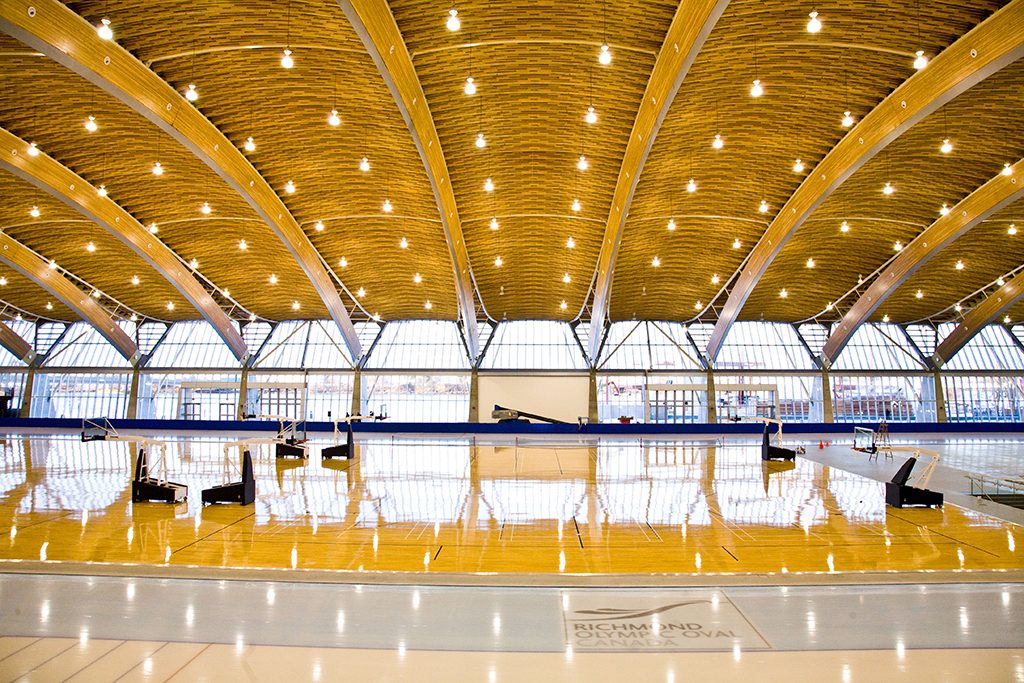




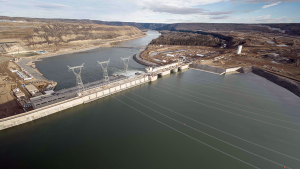
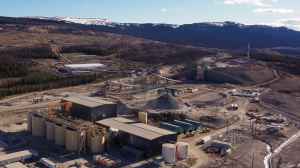
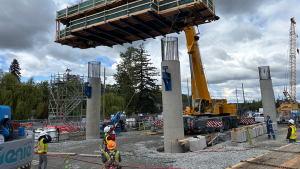

Recent Comments
comments for this post are closed